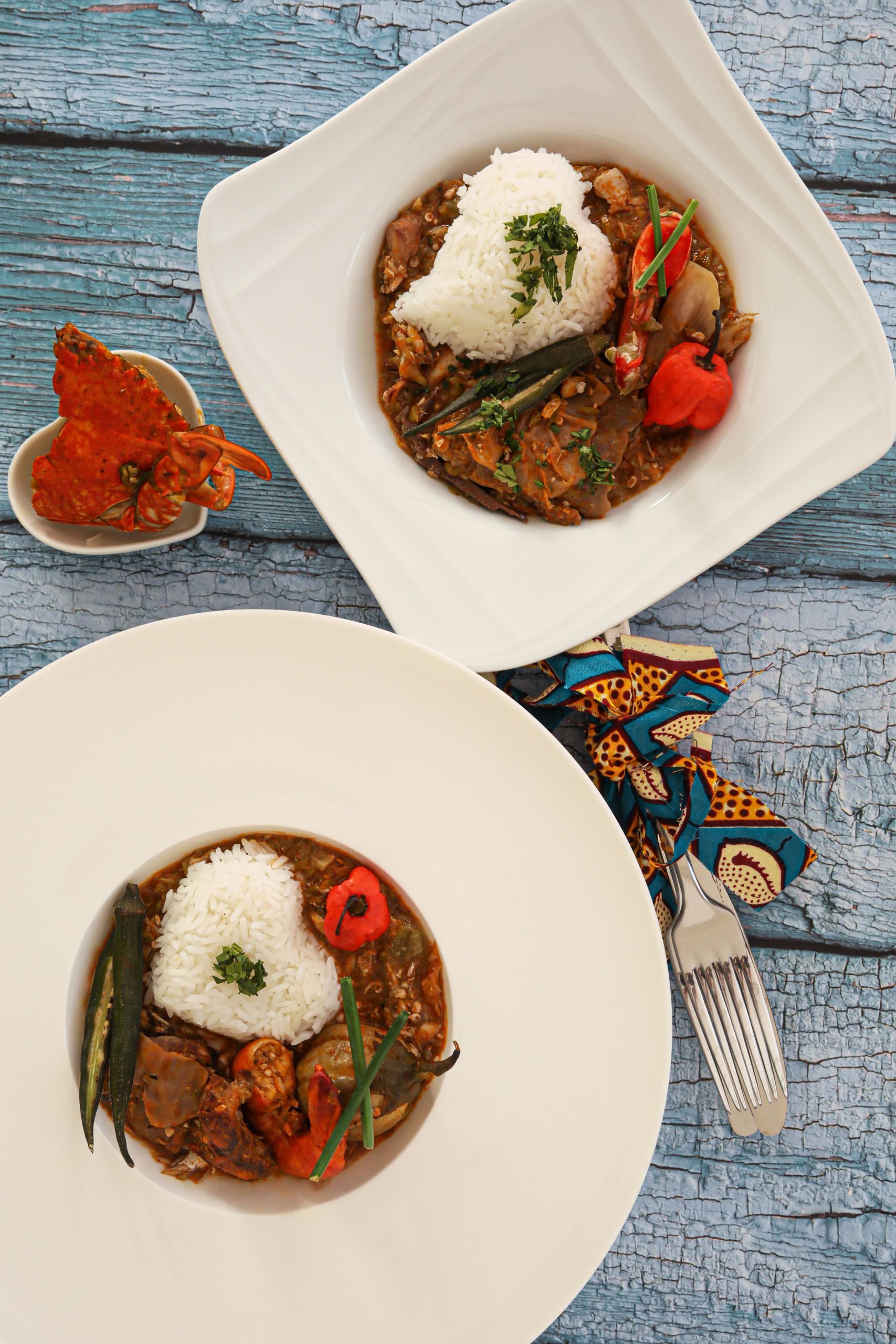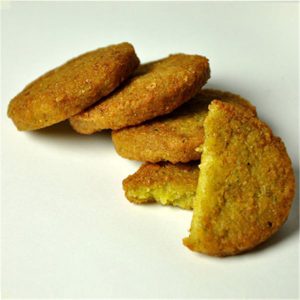
- Readers Rating
- No Rating Yet!
- Your Rating
African cuisine, rich in flavors, colors, and traditions, has long been one of the great unknowns in Europe. However, in recent decades, we’ve witnessed a culinary phenomenon that is gaining ground across European kitchens—especially in Spain. Once reserved for immigrant communities or trips to Africa, African dishes are now increasingly appearing on restaurant menus and in homes across the continent. In this article, we’ll explore which African dishes are becoming popular in Europe, why African cuisine is trending, and the main differences between African and Spanish food.
African Cuisine: An Explosion of Flavor and Tradition
Africa is a vast and diverse continent, with over 50 countries—each with its own ingredients, techniques, and culinary traditions. As a result, African cuisine is incredibly varied. However, there are some common elements across many African culinary styles, such as the use of grains like millet, rice, and maize, as well as an abundance of fresh produce, including fruits, vegetables, herbs, and spices.
In many parts of Africa, food is deeply tied to culture, family, and community. Meals are not only a physical necessity but also a time to share, celebrate, and keep traditions alive. African dishes, often rich in flavor, spices, and herbs, reflect a fusion of indigenous, Arab, colonial, and modern influences.
African Dishes Gaining Popularity in Europe
1. Couscous (Morocco)
Couscous is one of the best-known dishes of North African cuisine, especially in Morocco, Algeria, and Tunisia. Made from steamed semolina wheat, it’s usually served with stews, meats (like lamb, chicken, or beef), and a variety of vegetables.
Why is it trending? Couscous has gained popularity in Europe due to its versatility, easy preparation, and compatibility with many ingredients. In Spain, for example, it’s seen as a lighter alternative to rice or pasta, and many restaurants serve it with local ingredients or seafood.
2. Falafel Sandwiches (Egypt, Middle East)
Falafel, traditionally Egyptian, has crossed borders to become a favorite in many European cities, especially in urban areas with Arab and African immigrant communities. These are deep-fried patties made from chickpeas or fava beans, herbs, and spices.
Why is it trending? As a vegetarian, plant-based, and healthy option, falafel appeals to Europeans seeking healthier diets. In cities like Madrid and Barcelona, falafel is a staple in fast food and Mediterranean-style eateries.

3. Yassa (Senegal)
Yassa is a signature dish from Senegal. It’s a marinated chicken or fish stew with onions, mustard, garlic, lemon, and spices, cooked slowly until tender and flavorful.
Why is it trending? Its rich flavor and adaptability to Western tastes have made it appealing. The use of fresh ingredients and tangy marinade makes Yassa a popular option for those who love exotic food.
4. Jollof Rice (Nigeria and Ghana)
One of the most famous dishes from West Africa, Jollof Rice is made with rice cooked in a thick tomato, onion, and pepper sauce, often served with meat, fish, or vegetables.
Why is it trending? Its growing popularity in the UK and Spain is linked to African immigration. Its flexibility with local ingredients makes it a favorite in European restaurants and homes.

5. Bunny Chow (South Africa)
Originating in Durban, Bunny Chow is a hollowed-out loaf of bread filled with meat, chicken, or vegetable curry. Originally created as fast food for South African workers, it’s now loved by many.
Why is it trending? Its unique flavor and the comforting combo of curry and bread have made Bunny Chow increasingly popular in Europe.
6. Injera with Doro Wat (Ethiopia)
Injera is a spongy, fermented flatbread from Ethiopia, traditionally made from teff. It’s served with various stews, with Doro Wat—a spicy chicken stew—being the most popular.
Why is it trending? Ethiopian cuisine is gaining attention in Europe due to its unique flavors and communal dining style. Ethiopian restaurants in cities like London or Barcelona are increasingly popular.
7. Samosas (East and West Africa)
Samosas are fried or baked pastries filled with meat, vegetables, or legumes. Widely consumed in East African countries like Kenya, Tanzania, and Uganda, they’re also common in West Africa.
Why is it trending? Perfect for fast food and adaptable to Western tastes, samosas are a popular snack in many European cities.

8. Mafé (Senegal, Mali)
Mafé is a hearty stew made with beef or chicken in a thick peanut, tomato, and spice sauce. It’s a staple in Senegal, Mali, and other West African countries.
Why is it trending? Its exotic taste and adaptability to local preferences have helped boost its popularity. As African cuisine gains ground in international markets, dishes like Mafé are now appearing in Spanish restaurant menus.
9. Piri Piri (Mozambique and Angola)
Piri Piri is a spicy marinade from Mozambique and Angola, often used on grilled meat or seafood. The sauce combines chili peppers, garlic, lemon, and spices.
Why is it trending? European consumers are increasingly interested in spicy, chili-forward flavors. Piri Piri has been adapted to various meats and is now common in Spanish grills and restaurants.
Why Is African Cuisine Trending in Europe?
1. Greater Culinary Diversity and Globalization
Interest in international cuisine has grown, driven by globalization and migration. Europeans are now more curious about culinary traditions from other continents. African cuisine, rich in ingredients and techniques, fits perfectly into this global food landscape.
2. Interest in Healthy and Sustainable Diets
Many African dishes, like couscous, falafel, and injera, are naturally vegetarian and low in fat. Their health benefits appeal to Europeans seeking balanced, sustainable diets.
3. Increased Visibility of African Culture
As African communities become more visible in European cities, there’s a growing cultural exchange that includes food. African cuisine is shifting from exotic curiosity to a more integrated part of daily life.
Main Differences Between African and Spanish Cuisine
1. Use of Spices and Flavors
African food tends to be more heavily spiced and often spicy, with frequent use of ingredients like ginger, piri piri, cumin, and coriander. Spanish cuisine, by contrast, uses a milder spice palette, including garlic, paprika, and saffron.
2. Cooking Techniques
Spanish food often involves Mediterranean-style grilling, frying, and roasting, while African cuisine favors slow cooking and thick sauces, as seen in Yassa or Mafé.

3. Use of Grains and Legumes
African cuisine uses grains like millet, teff, and maize, and legumes like chickpeas and fava beans more frequently. Spanish diets rely more on rice (as in paella) and potatoes.
4. Communal Eating
Meals in Africa are often shared from communal platters, reinforcing family and community bonds. While Spain also values shared food (like tapas), main meals are usually served individually.
African cuisine is experiencing a culinary boom in Europe—especially in Spain, where more restaurants and homes are embracing these dishes rich in history and flavor. From Moroccan couscous to Senegalese Yassa, the diversity of African food is winning over European palates. The combination of fresh ingredients, vibrant spices, and slow-cooking methods has captivated those seeking new culinary experiences. As Europeans explore more diverse and healthy diets, African cuisine is carving out its place as a trend that’s here to stay. Visit mentta’s blog.
